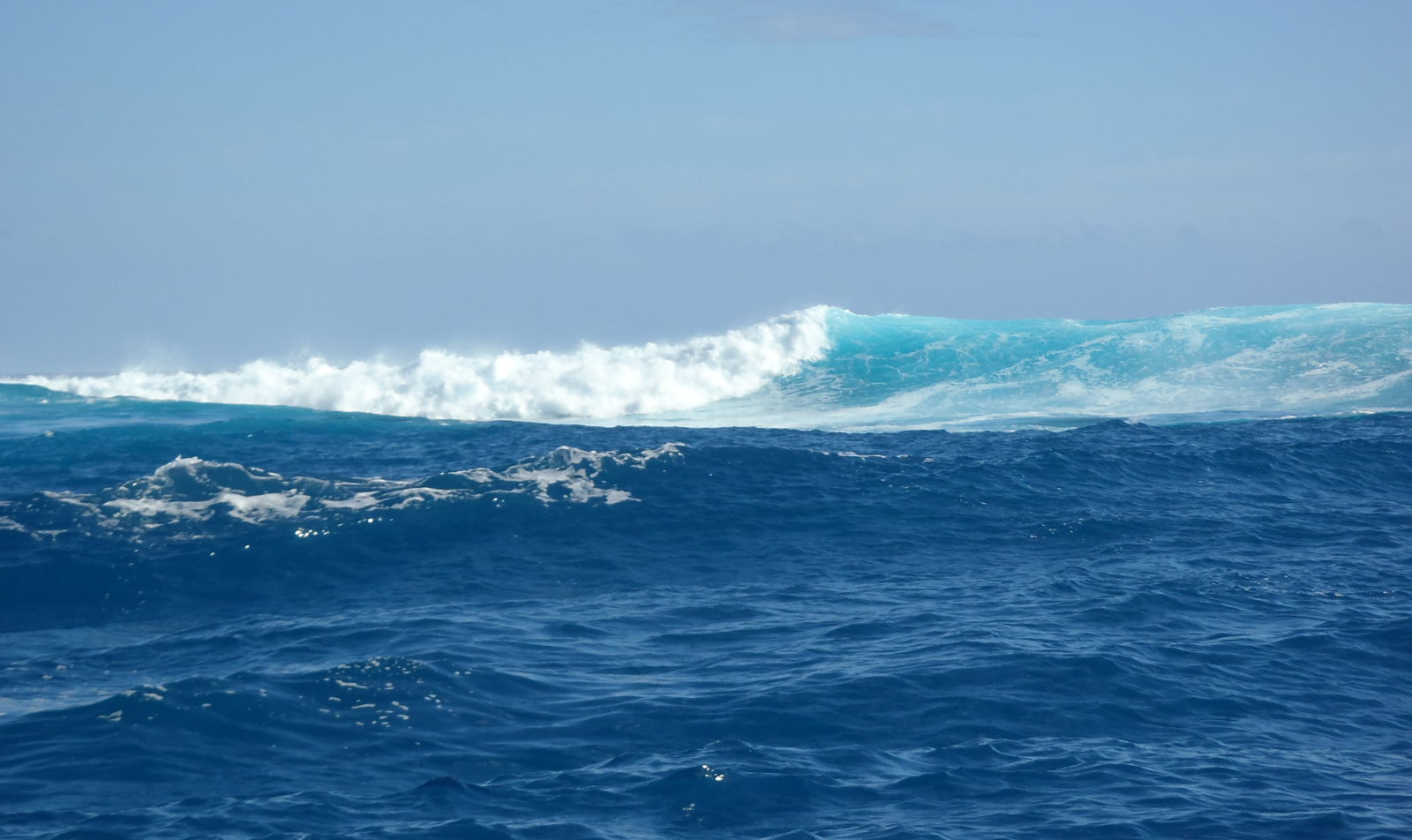Techniques
There are numerous techniques to embellish fabrics. The following is a summary of the main techniques used by local craftsmen:
-
Heliography
This is a traditional polynesian process to paint pareus.
The idea is to use natural or cardboard cut masks (flowers, leaves, grid, fishes, feathers, and so on).
Soak first the fabrics into a bucket of ink, give it a wring to take off the ink excess, lay it down on grass or linoleum in a sunny place, then arrange the masks as you wish on the wet material. When it gets dry, the masked parts will appear lighter than the rest.Recommended product: Spéciale Paréos
-
Salt effects
Also quite popular, this technique is very similar to the one above, but instead of laying masks on it, scatter the material with coarse salt.
Each piece of salt will make the color shrink all around, which makes beautiful results.
After drying, brush the salt off (you may keep it for the next time) and rince. For the sake of your sewing machine, please do not sew any salt impregnated material !Recommended product: Spéciale Paréos
-
Folding
Another traditonal polynesian technique, but a little more difficult because of the risk of spotting when you unfold (it is easier not to do it alone).
First fold the fabrics in your own way, then soak each part of the folded material in a different color (try to harmonize them well), then unfold and lay it down in a sunny place as explained above.
After some training, you may obtain beautiful multicolored pareus.Recommended product: Spéciale Paréos
-
Knotting
Make some knots in your way on the fabric, then soak some parts with the colors you choose.
Let it dry completely like this then take off the knots and unfold.Recommended product: Spéciale Paréos
-
The Serti-gutta technique
This is a french technique. The idea is first to tighten the fabric on a frame. Then, you outline some shapes with a pipette filled with "gutta", a watertight fluid sometimes based on latex, then to spread the colors with a sponge paintbrush inside the shapes. The gutta prevents colors from spreading outside the shapes (Take care to have your shapes completely enclosed with gutta or the ink will spread outside).
Recommended products: Spéciale Paréos
-
Batik
This is nearly the same process as for the "serti", but with use wax instead of gutta.
When dried, iron the fabric between two newspaper sheets to eliminate the wax.Recommended product: Spéciale Paréos
-
Stencil
Stick the stencil on the fabric using removable paste. Apply color with a special brush or a slightly inmpregnated paint roller.
Recommended products: Transparent, Opaque et Opaque White
-
Carved plate
This is another traditional ploynesian technique. You need to be two persons for large pieces of fabric.
First of all carve a wooden plate (or buy it). Apply desired color(s) on the emerging shapes with a paint roller. Lay down the fabric on the plate, then use a paint roller to press it on the shapes.
Take the fabric off and let it dry.Recommended products: Transparent, Opaque et Opaque White
-
Screen printing
This technique is based on the same idea as the stencil, but in a more professional way.
First you prepare a printing screen, made with a tight net stretched on a frame. Several processes, more or less professional, will allow you to make it watertight all over its surface, except for the shapes you want to print.
Then, you place the screen above the fabric, you scrape the ink over the screen, and it gets through the net at the shapes places, printing them down on your fabric.
With this technique more than the others, you can duplicate at will and with a good precision whatever shapes you want, in one or several colors. It is mostly used for T-Shirt printing, but you can use it on any material, if you use the accurate ink.Recommended products: Transparent, Opaque et Opaque White
-
Direct painting
This is the simplest way to paint: just use a paintbrush and draw your designs. Our Paintbrush ink has been specifically designe for this, and will not spread on the fabric.
Recommended product: Paintbrush
You may combine heliography, salt effects and folding on a single pareu.
Note: Stencil and Carved plate techniques allow to embellish several pieces of fabric with the same pattern. They can be used to further embellish a fabric previously colored with the first four techniques (Heliography, Salt effects, Folding, Knotting).
General note
Whatever technique you use, never forget to fix the color after printing and wait two days before washing.



